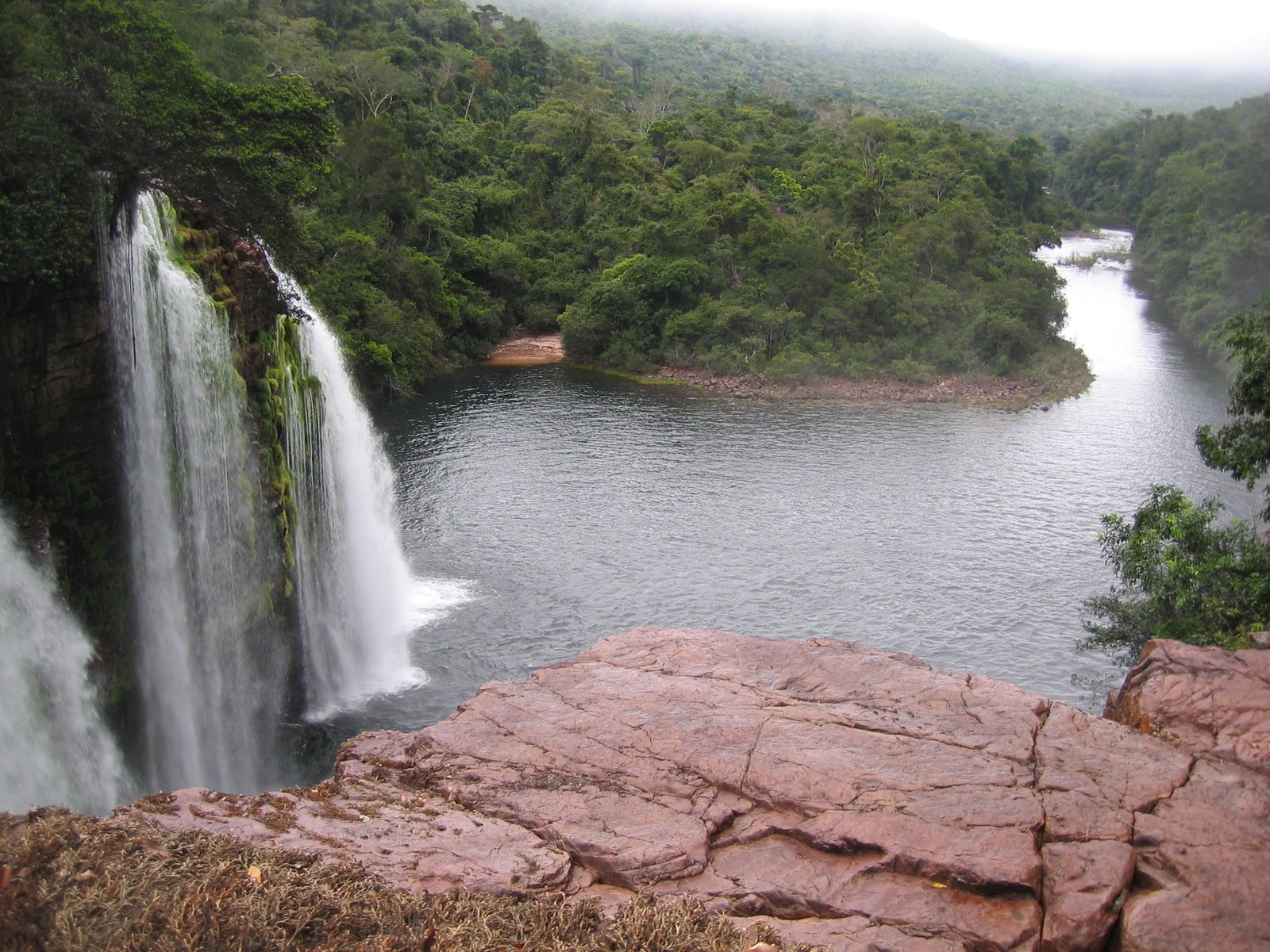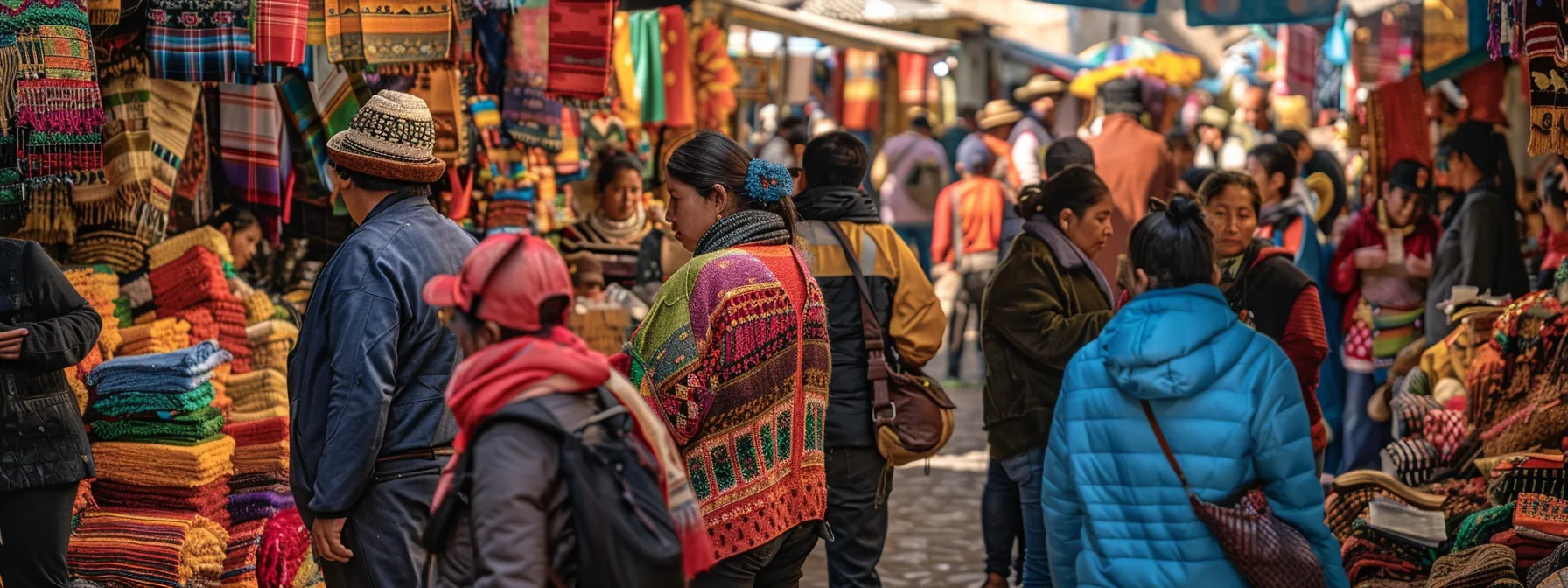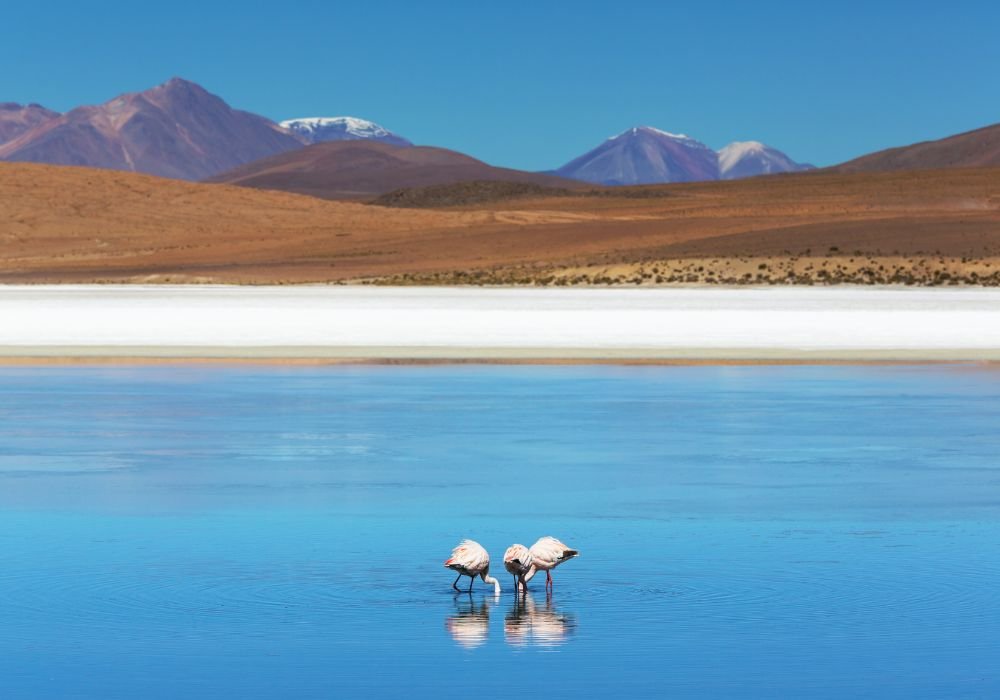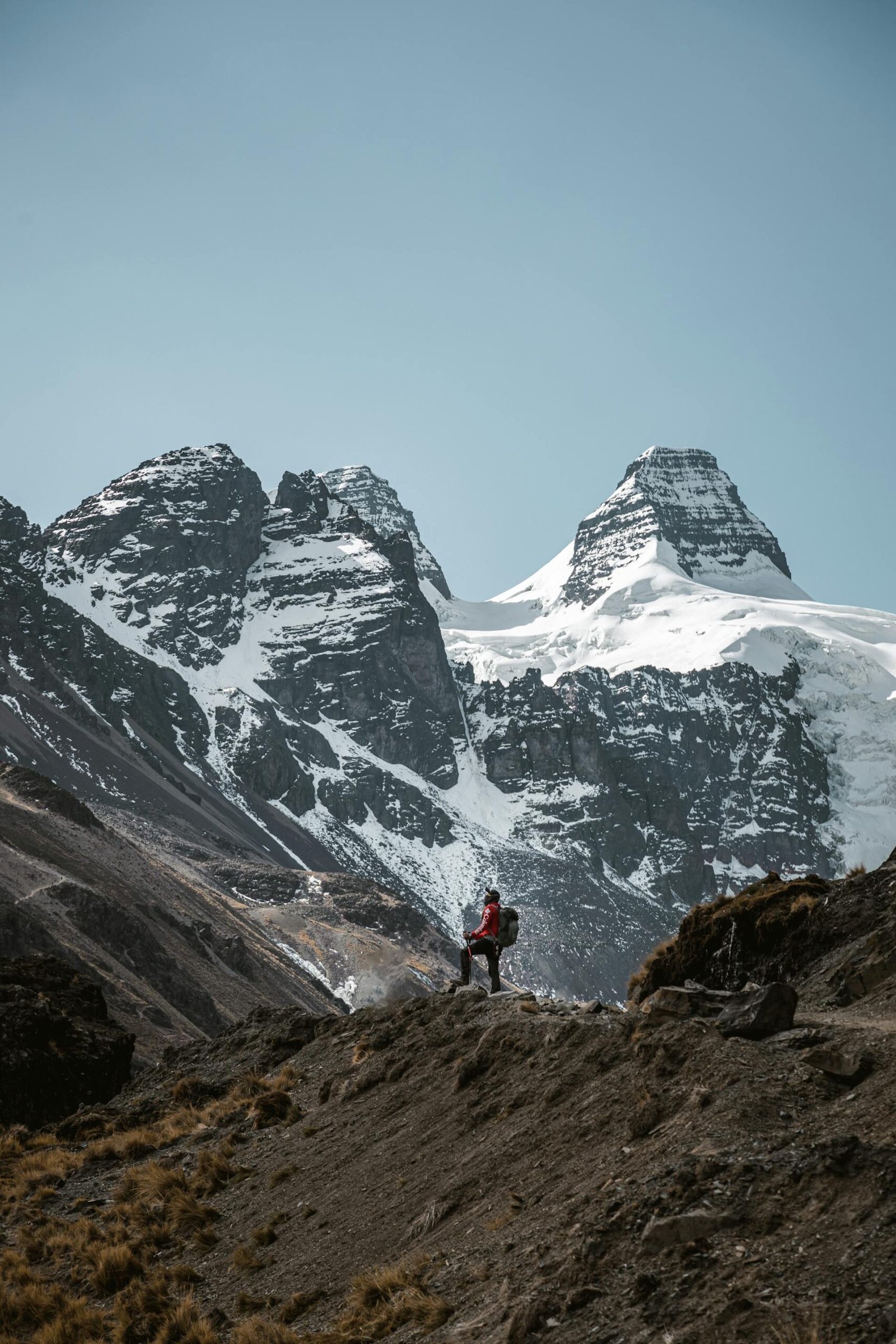Welcome, fellow adventurer and travel enthusiast!
Today, we’re embarking on a virtual journey to a hidden gem in South America. In the northeastern part of Bolivia, close to the Brazilian border, there’s a place full of life and amazing nature. This is the Noel Kempff National Park Bolivia.
A UNESCO World Heritage Site, this park is a testament to the beauty and diversity of Bolivia’s natural landscapes. Spanning over 15,000 square kilometers, it’s a paradise for nature lovers and thrill-seekers alike. From rainforests to savannas, the park’s range of habitats is truly awe-inspiring.
The park is named after the Bolivian scientist Noel Kempff Mercado. It honors his hard work in protecting nature. It’s one of the most diverse parks in the world. You can find over 620 types of birds, 130 kinds of mammals, and 70 species of reptiles here.
But it’s not just the wildlife that’s impressive. The park has more than 4,000 types of plants and trees. This creates a bright green view that goes on and on.
The park’s isolation contributes to its pristine condition, making it a sanctuary for endangered species. It’s a place where the hustle and bustle of city life feels a world away, replaced by the soothing sounds of nature.

If you love to travel, run a travel agency, or enjoy nature, visit Noel Kempff Mercado National Park!
From the beautiful Arco Iris Waterfall to the great views from the Huanchaca Plateau, the park has much to explore.
It’s a place where you can disconnect from technology and reconnect with nature.
But the park is more than just a travel destination. It is a center for scientists who study biodiversity and conservation. It serves as a model for sustainable tourism. It also plays an important role in the fight against climate change.
So, are you ready to explore the lost world in Bolivia? Come with us to explore the amazing Noel Kempff Mercado National Park. Here, fun and caring for nature work together!
Let’s embark on this journey together!
Discovering Noel Kempff Mercado National Park
Embarking on a journey to Noel Kempff Mercado National Park is like stepping into a world untouched by time. The park’s large wilderness, different ecosystems, and beautiful landscapes make it a must-visit. It offers an authentic South American wilderness experience for everyone.
The park’s unique geological features, such as the Caparu and Huanchaca Plateaus, offer a glimpse into the evolutionary history of South American ecosystems. These plateaus, along with the park’s rivers and waterfalls, add to its beauty. They offer many chances for exploration and discovery.
But the park’s beauty isn’t just skin deep. It’s a biodiversity hotspot, home to an incredible array of plant and animal life. The park has many types of wildlife, from jaguars and pumas to pink river dolphins and capybaras.
The park’s commitment to conservation is reflected in its pristine condition. Its remote location and limited access keep its beauty intact. This makes it a safe haven for rare and unique species.
Here are some key highlights of the park:
- The Caparu Plateau: A Precambrian geological formation offering panoramic views of the park.
- The Arco Iris Waterfall: One of the park’s most breathtaking sights.
- The Huanchaca Plateau: Known for its stunning landscapes and diverse wildlife.
- The park’s rivers and waterfalls: Ideal for canoeing, kayaking, and fishing.
Location and how to get there
Noel Kempff Santa Cruz National Park is located in the northeastern corner of Bolivia, near the Brazilian border. It’s part of the larger Amazon Basin ecosystem, making it a unique ecological treasure.
Getting to the park is an adventure in itself. Due to its remote location, the park is accessible by small aircraft, with landing strips near the park. Flights typically depart from Santa Cruz, the largest city in eastern Bolivia.
Once you’ve landed, you can explore the park through guided tours and hikes. The park’s trails range from easy walks to challenging treks, offering something for everyone, regardless of their fitness level.
Best times to visit
The park has a tropical climate with distinct wet and dry seasons. The dry season, from May to October, is the best time to visit. During this time, the weather is more predictable. The trails are also less muddy, which makes exploring the park easier.
However, the wet season, from November to April, offers its own unique charm. The park’s flora is in full bloom, and the waterfalls are at their most spectacular. Just be prepared for the occasional downpour!
Park entry and regulations
Entry to the park is regulated to protect its ecosystems and ensure the safety of visitors. Visitors are required to obtain a permit from the park’s management before entering.
The park’s management focuses on conservation and sustainable tourism. Visitors should follow the Leave No Trace principles. This means respecting wildlife, disposing of waste properly, and staying on marked trails.
Remember, your visit to the park is not just for adventure. It is also a chance to help with the park’s conservation efforts. Let’s explore responsibly!
A biodiversity hotspot unveiled
Noel Kempff Mercado National Park is a living testament to the richness of Bolivia’s natural heritage. Its diverse ecosystems, ranging from rainforests to savannas, are home to an incredible array of plant and animal life. This makes the park one of the most biologically diverse parks in the world.
The park’s flora includes over 4,000 species of plants and trees. These plants not only add to the park’s scenic beauty but also play a crucial role in maintaining its ecosystems. They provide food and shelter for the park’s wildlife and help regulate the park’s climate.
The park’s fauna is equally impressive. It contains over 620 bird species, 130 mammalian species, and 70 reptile species. From the elusive jaguar to the vibrant macaw, the park’s wildlife is as diverse as it is captivating.
Here are some key highlights of the park’s biodiversity:
- Over 4,000 species of plants and trees.
- More than 620 bird species.
- Over 130 mammalian species.
- More than 70 reptile species.
Flora: The green tapestry of Noel Kempff
The park’s flora is a green tapestry of over 4,000 species of plants and trees. From towering hardwoods to delicate orchids, the park’s flora is as diverse as it is beautiful. This diversity is a result of the park’s unique location at the convergence of different ecosystems.
The park’s rainforests are home to a variety of hardwood species, including mahogany and cedar. These towering giants provide a canopy for a diverse understory of ferns, orchids, and bromeliads. The park’s savannas are filled with grasses and scattered trees. This creates a clear contrast to the thick rainforests.
The park’s flora plays a crucial role in maintaining its ecosystems. They provide food and shelter for the park’s wildlife and help regulate the park’s climate. So, as you explore the park, take a moment to appreciate the green tapestry that surrounds you.
Fauna: The park’s living jewels
The park’s fauna is its living jewels. The park is home to over 620 bird species, 130 mammal species, and 70 reptile species. Its wildlife is both diverse and captivating. The park is home to many animals, like the elusive jaguar and the colorful macaw. This wildlife shows the richness of Bolivia’s natural heritage.
Wildlife sightings may include jaguars, pumas, capybaras, and pink river dolphins. The park’s birdlife is equally impressive, with species ranging from the vibrant macaw to the elusive harpy eagle. The park’s reptile species include a variety of snakes, lizards, and turtles.
The park is in a remote area with limited access. This helps keep it clean and safe. It serves as a sanctuary for rare and unique species. So, as you explore the park, keep your eyes peeled for these living jewels. They are a reminder of the park’s rich biodiversity and the importance of its conservation.
Geology and landscapes: The park’s natural wonders
Noel Kempff Mercado National Park is not just a biodiversity hotspot. It’s also a geological wonder. The park’s landscapes, shaped by millions of years of geological processes, are a sight to behold.
The park’s most notable geological feature is the Caparu Plateau. This Precambrian geological formation towers over the surrounding landscape, offering panoramic views of the park. The plateau’s rugged cliffs and cascading waterfalls add to its scenic beauty.
Another notable feature is the Huanchaca Plateau. Like the Caparu Plateau, the Huanchaca Plateau offers stunning views of the park. Its unique geological features make it a draw for scientists and tourists alike.
The park’s rivers and waterfalls contribute to its scenic beauty. The most breathtaking of these is the Arco Iris Waterfall. This waterfall, with its rainbow-colored mist, is a sight you won’t want to miss.
The Caparu plateau
The Caparu Plateau is a Precambrian geological formation that towers over the surrounding landscape. Its rugged cliffs and cascading waterfalls add to its scenic beauty. The plateau offers panoramic views of the park, making it a must-visit for any traveler.
The plateau’s unique geological features make it a draw for scientists and tourists alike. It offers a glimpse into the evolutionary history of South American ecosystems. So, as you explore the plateau, take a moment to appreciate its geological wonders.
The Huanchaca plateau
Like the Caparu Plateau, the Huanchaca Plateau offers stunning views of the park. Its unique geological features make it a draw for scientists and tourists alike. The plateau’s rugged terrain provides a challenging and rewarding experience for hikers.
The plateau’s landscapes are a testament to the power and beauty of the natural world. They offer endless opportunities for exploration and discovery. So, as you explore the plateau, keep your eyes peeled for its natural wonders.
Waterfalls and rivers: Nature’s artistry
The park’s rivers and waterfalls contribute to its scenic beauty. They are nature’s artistry at its finest. The most breathtaking of these is the Arco Iris Waterfall. This waterfall, with its rainbow-colored mist, is a sight you won’t want to miss.
The park’s rivers, with their clear waters and abundant fish, are ideal for canoeing and fishing. They offer a tranquil and rejuvenating environment for visitors. So, as you explore the park, take a moment to appreciate the beauty of its rivers and waterfalls.
Adventure and activities: Embrace the Wild
Noel Kempff Mercado National Park is a paradise for adventure seekers. The park’s vast wilderness and diverse landscapes offer endless opportunities for exploration and adventure. Whether you’re a thrill-seeker or a nature lover, the park has something for you.
The park’s trails range from easy walks to challenging treks. These trails take you through the park’s diverse habitats, offering a chance to witness its unique flora and fauna. Whether you hike the rough paths of the Caparu Plateau or explore the calm waterways, each trail gives a special adventure.
For those seeking a more relaxed experience, the park’s rivers are ideal for canoeing and kayaking. The clear waters and abundant fish make for a tranquil and rejuvenating experience. And if you’re lucky, you might even spot a pink river dolphin!
The park’s night skies are perfect for stargazing. Away from the city lights, the park offers a clear view of the stars. So, after a day of adventure, take a moment to gaze at the stars and appreciate the beauty of the universe.
Hiking and trekking trails
The park’s trails range from easy walks to challenging treks. These trails take you through the park’s diverse habitats. Each trail offers a unique adventure, making every hike a memorable experience.
The trails offer a chance to witness the park’s unique flora and fauna. As you hike, keep your eyes peeled for wildlife sightings. You might spot jaguars, pumas, capybaras, and many other species.
The park’s rugged terrain provides a challenging and rewarding experience for hikers. So, whether you’re a seasoned hiker or a novice, the park’s trails offer an adventure that suits your skill level.
Wildlife watching and photography

The park is a paradise for wildlife watchers and photographers. Its diverse habitats are home to an incredible array of plant and animal life. From jaguars and pumas to capybaras and pink river dolphins, the park’s wildlife is a sight to behold.
The park’s flora and fauna are a testament to the richness of Bolivia’s natural heritage. As you explore the park, take a moment to appreciate its biodiversity. And don’t forget to bring your camera!
The park’s landscapes are a photographer’s paradise. From its stunning waterfalls to its diverse wildlife, every corner of the park offers a picture-perfect moment. So, whether you’re a professional photographer or a hobbyist, the park offers endless opportunities for capturing stunning images.
Eco-tourism and conservation: Protecting paradise
Noel Kempff Mercado National Park is a testament to the beauty of Bolivia’s natural landscapes. But it’s more than just a tourist destination. The park plays a crucial role in the fight against climate change by preserving carbon-rich forests.
The park’s management focuses on conservation and sustainable tourism. This commitment to conservation is reflected in the park’s pristine condition. It’s a place where adventure and conservation go hand in hand.
The park is a model for balancing tourism with environmental preservation. Visitors can enjoy the park’s natural wonders while supporting conservation efforts. It’s a place where travelers can create lasting memories in beautiful natural surroundings. They also help protect this special ecosystem.
Sustainable travel practices
Sustainable travel is at the heart of the Noel Kempff experience. The park’s commitment to eco-tourism promotes responsible and sustainable travel. Visitors are encouraged to follow sustainable travel practices to minimize their impact on the environment.
These practices include respecting wildlife, staying on designated trails, and carrying out all trash. By following these practices, visitors can help keep the park a safe place for wildlife. This will also make it a paradise for future travelers.
Community involvement and cultural exchange
The park is an example of successful collaboration between conservationists and local communities. Local communities play a crucial role in the park’s conservation efforts. They are involved in managing the park and protecting its unique ecosystems.
Visitors have the opportunity to engage with these communities and learn about their traditions and way of life. This cultural exchange adds a unique dimension to the Noel Kempff experience. It’s a chance to learn about the local culture. You can help the local economy and understand why conservation matters.
Planning your visit: Tips and essentials
Planning a trip to Noel Kempff Mercado National Park is an adventure in itself. The park’s remote location adds to its allure and sense of adventure. But it also means that visitors need to plan their visit carefully.
The park’s infrastructure is limited, preserving its wild character. This means that visitors need to be prepared for a true wilderness experience. But don’t worry, the park’s untouched beauty and tranquility more than make up for any lack of modern conveniences.
Accommodations and facilities
When it comes to accommodations, the park offers a range of options. These range from basic campsites to eco-lodges. All accommodations are designed to minimize their impact on the environment.
While the facilities may be basic, they offer everything you need for a comfortable stay. Plus, there’s nothing quite like falling asleep to the sounds of the Amazon and waking up to a chorus of bird song.
Health and safety considerations
Visiting Noel Kempff Mercado National Park is a wild adventure. But like any adventure, it comes with its own set of risks. Visitors should be prepared for the park’s varying altitudes and climates.
It’s also important to remember that this is a wilderness area. This means that medical facilities are limited. Visitors should bring a basic first aid kit and any necessary medications. And as always, it’s important to respect the park’s rules and regulations to ensure your safety and the safety of the park’s wildlife.
The Noel Kempff Experience: Stories from travelers
Noel Kempff Mercado National Park is more than just a destination. It’s an experience that leaves a lasting impression on all who visit. But don’t just take our word for it. Let’s hear from some travelers who have experienced the magic of Noel Kempff firsthand.
One traveler shares, “The park’s landscapes are a photographer’s paradise. Every corner of the park offers a new and breathtaking view. It’s a place where you can truly disconnect from the world and reconnect with nature.”
Another visitor recalls, “The park’s commitment to conservation is inspiring. It was amazing to see the harmonious coexistence of wildlife and natural beauty. The park is a testament to the importance of preserving our natural habitats.”
A third traveler recounts, “The park’s diverse ecosystems make it a living laboratory for ecological study. As a nature enthusiast, it was fascinating to learn about the park’s unique flora and fauna.”
Finally, a fourth visitor shares, “The park’s remote location and limited access help maintain its untouched beauty. It’s a place where the spirit of adventure and the call of the wild resonate deeply. Visiting Noel Kempff was an unforgettable experience.”
These stories are just a glimpse of the many experiences that await you in Noel Kempff Mercado National Park. Each visit is unique, and each visitor leaves with their own story to tell.
Conclusion: The call of Noel Kempff Mercado National Park
Noel Kempff Mercado National Park is a place of solitude, beauty, and inspiration. It’s a destination that embodies the spirit of adventure and exploration. It’s a testament to the power and beauty of the natural world. It’s a place where travelers can forge a deep connection with nature and wildlife.
So, are you ready to answer the call of Noel Kempff Mercado National Park? Are you ready to embark on an adventure of a lifetime? The park’s untouched wilderness, diverse wildlife, and stunning landscapes await you. Come and discover the lost world in Bolivia.



